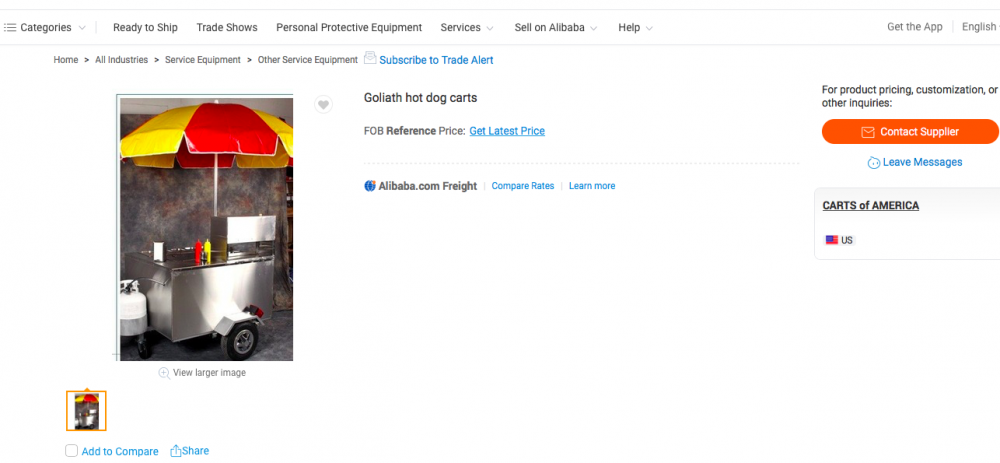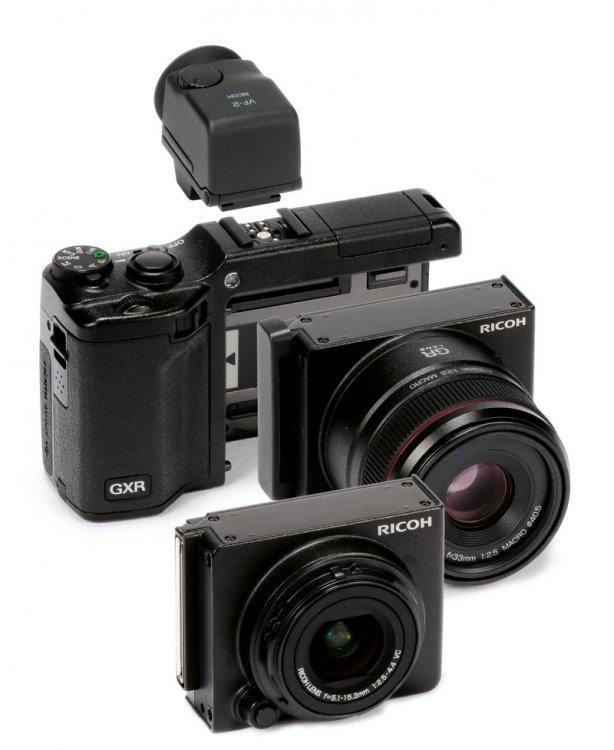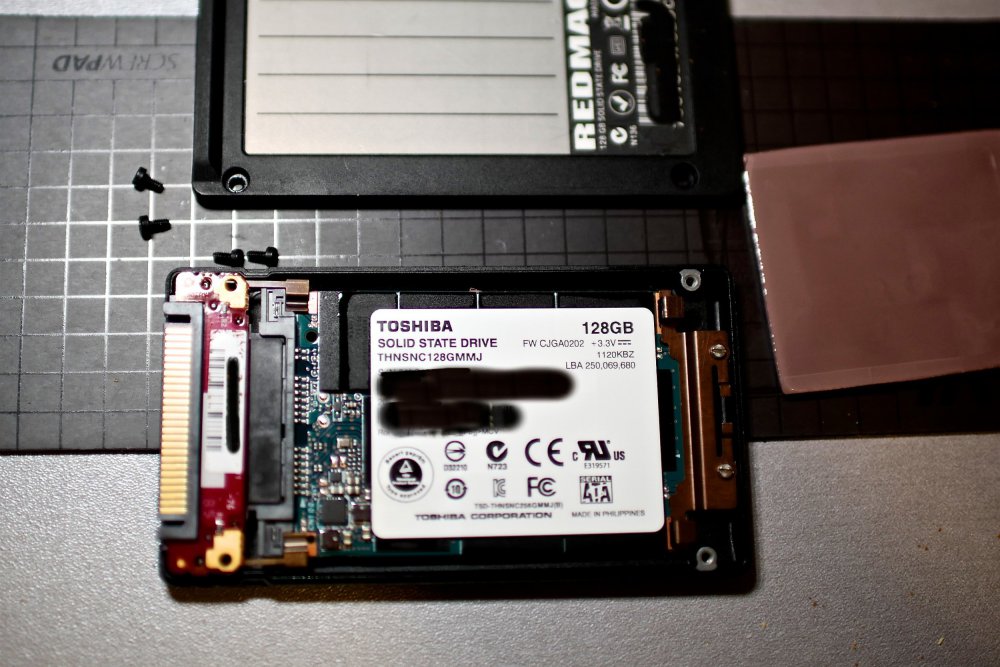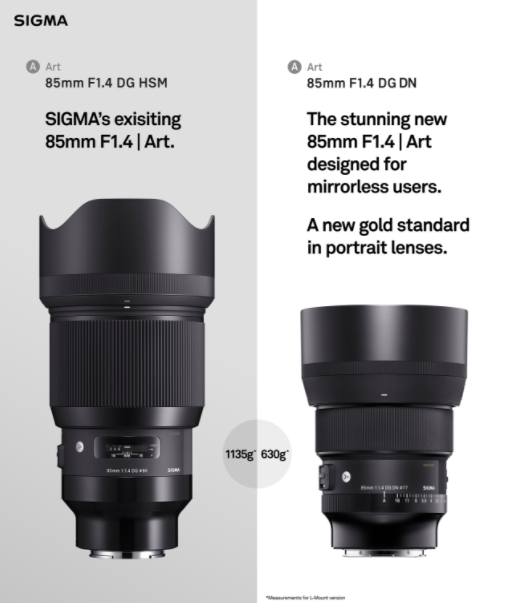-
Posts
6,085 -
Joined
-
Last visited
Content Type
Profiles
Forums
Articles
Everything posted by BTM_Pix
-
Again, like the R5 three, get to fuck with lifting stuff off Reddit so you can hide your spam in it.
-
-
That was where I was going with it, that there might not actually be a GH6 and that the new "highest end without being a full frame" hybrid will actually be the bottom of the S range rather than the highest of the MFT range. A camera that would act as a gateway drug into the L mount full frame range that you can adapt your existing MFT lenses to would be more useful to Panasonic than trying to squeeze the last pips out of MFT for a new flagship GH. EDIT > THIS FALLS APART WHEN FACTS ARE INTRODUCED REGARDING FLANGE DISTANCE
-
I was only fabricating a post to shoehorn a callback to the chips really but you never know, the GH6 might be L mount with an electronic MFT adapter so you could adapt M mounts, or use the new Sigma APS-C L mounts or your existing MFT lenses. Is there an unbreakable GH rule that says it can't be APS-C and L mount ? It could use different portions of the sensor for each option so you could have thrice cropped clips. I'll get my coat.
-
Sorry to have derailed a camera thread so badly. Back on topic.... When the GH6 does finally come out, people will inevitably be looking for quirky vintage lenses to adapt to it. If you find yourself in Berlin, I've found the Sunday flea market at Mauerpark to be a bit of a treasure trove. While you are there, go to the food part where there is a truck selling what are hands down the best thrice cooked chips you'll find anywhere.
-

Canon EOS R5 / R6 overheating discussion all in one place
BTM_Pix replied to Andrew - EOSHD's topic in Cameras
To be fair to the R5, I had somewhat fucked up the code for connecting to it in the first version of the app he was poking it with so it was waiting for that connection for a while ! -

Canon EOS R5 / R6 overheating discussion all in one place
BTM_Pix replied to Andrew - EOSHD's topic in Cameras
Should be an interesting few days coming up then. -
For our American readers, this is what I mean by pie and chips. The type you're thinking of would be cake and crips. Which is equally popular with me obviously.
-
I'm thinking about the sort of test that you might consider to satisfy this objective that you described in the post. "If we make a film and someone watches it and can't tell if you used an Alexa or not then it's job well done. The fact they might be able to tell between your camera and an Alexa in a side-by-side test is irrelevant when they're watching your film." I honestly think that the only two options that are required as responses in that context would be : I don't care what it was shot on, I like it. I don't care what it was shot on, I don't like it. You might possibly learn more about the cameras themselves with the greater granularity of answers but you'll learn far more about the reaction to what you are doing with them with only those two options. There's nothing to say you can't do both but I would give serious consideration to doing this simpler subjective test first and then use the more elaborate optioned answer version to make it more objective for whatever it is you want to find out about the cameras.
-
I got frustrated that I skipped the Alpha and Beta test phase and went straight to extensive amounts of Pi testing. With chips.
-
EDIT.
-
No, it is still MIA with the fP update. They had some issues with the S1H originally so I'm guessing that put the whole queue back but now that is out there might be some movement.
-
If you mean has anyone ever been prosecuted for falsely claiming their goods were made in the USA then the answer is most definitely yes. This whole can of worms - or can of overseas made components in this case - has been opened by using the "proprietary" and "made in the USA" angle as a way to attack Jinnitech for counterfeiting and making low grade products with low spec components that will fail in the field etc. In this case, the kettle has quite rightly pointed out the very dark shade of grey of the pot itself when it comes to the components. The relevance of the "$50 limited warranty" in the last video by the way also speaks to the fact that if the costly "proprietary" and "made in the USA" mags fail, chew your data and write off a day of shooting then you actually have no more recourse (and actually less depending on the country of sale) than you would with 3rd party ones.
-
Ricoh did a modular system called the GXR over a decade ago where you could swap out lenses with integrated sensors or have a fixed sensor with interchangeable lenses and of course a shoe mounted EVF. The mad bastards.
-
Whilst the latest instalment was largely focused on the administrative aspects and an implied interpretation of them, I think its worth remembering how this all started and what caused Jinnitech to go down this rabbit hole in the first place. This is one of my own "Made In USA" 128g REDMAGs. According to the Federal Trade Commission, for a product to qualify as "Made In USA" .... "The product should contain no — or negligible — foreign content." https://www.ftc.gov/tips-advice/business-center/guidance/complying-made-usa-standard That Toshiba SSD being made in the Philippines and it representing far more than a "negligible" part of the product clearly suggests that it disqualifies it from being able to use that claim. And thats before we get to the issue of the modern MiniMAGs having misleading definition of their actual capacity. Everything else that has flowed or been explored about RED in the subsequent videos has stemmed from the revelations about the drives. So, amongst the rest of it, don't lose sight of the fact that in the short term at least, the drives are the real story here because contravening the FTC regulations is actionable and the Lanham Act gives individuals and companies the right to sue anyone making such a false claim if they have been impacted by it. How RED have conducted themselves regarding patents and corporate structures and so on are one thing but if anyone can explain why the use of "Made In USA" isn't anything but deceptive then I'm all ears. Also, if any of you have your own opened REDMAGs that you can show pictures of to demonstrate that a claim of "Made In USA" is viable for your one then, of course, I'm all eyes.
-
Its referenced by someone else in the comments too so I'd rather keep the name and details off here. Its the internet after all so someone else could have been making the comments under a user name that was purporting to be the person in question but may not have been. The name of the person who it may or may not have actually been would be what you would do if I told you to make sure the Netherlands wasn't empty.
-
A curious thing that happened in the comments under the YouTube video last night was that someone mentioned in commented to refute what was said about him and threw in a couple of additional remarks. Wish I'd taken a screenshot because lo and behold the person in question has subsequently deleted the comment.
-

Canon EOS R5 / R6 overheating discussion all in one place
BTM_Pix replied to Andrew - EOSHD's topic in Cameras
Bride : Did you have any prior warning that it might be prone to overheating and not being able to record for more than a few minutes ? Film maker : Absolutely not, no. The Internet: -
-
We need to get past the "why won't this fucking thing compile" stage yet.
-
I don't entirely disagree that there may be some major discrepancy between "possible" and "probable" in this case but I'm conscious of the potential problems stating something like that definitively here can bring to @Andrew Reid personally as the host of the site. If you asked me in person though ....
-
If you don't mind a bit of DIY, you can knock together an effective remote yourself for £20. Its four channels so you could control Aperture/ISO/WB/Focus with it for example.
-

Canon EOS R5 / R6 overheating discussion all in one place
BTM_Pix replied to Andrew - EOSHD's topic in Cameras
If we equate the R5 to the Dead Parrot sketch from Monty Python, then we're roughly at the " it's pining for the fjords" stage at this point. -
I think the love that dare not speak its name regarding a genuine hybrid is that we won't get there until we have cameras with internal variable NDs. The fact that in the vast majority of lighting situations you need an amount of ND to make the video exposure and none to do the still exposure in the same light is something that needs to be addressed before we can say we've achieved it. Obviously, I'm aware that some people will leave a level of ND on that would give them a compromise shutter speed of say 1/100th or 1/250th for both so that they could have a bearable speed for stills and a bearable degree of crossing of the 180 degree rule for video but it will only ever be a compromise. From my point of view, particularly with variable NDs, if it doesn't genuinely need to be on for the correct stills exposure then I wouldn't really want the side effects of colour casts if I could help it. Because of this I'd say the only "real" hybrid I've got in my camera collection is the lowly Panasonic FZ2000 because it has an internal 2-6 stop ND filter (as well as "clear") which is operated by a physical selector switch, meaning that even in bright sunlight it can be switched from a "real" stills camera to a "real" video camera instantly. Everything else I've got is a stills camera that can shoot video or a video camera that can shoot stills but not without what I would technically refer to as "some dicking about". Canon kind of maybe sort of offer this with the R cameras with that ND adapter but it does limit you to using EF lenses and does mean that if you wanted no ND you'd have to pop the clear filter in. Sony are the ones who could do it of course but while they are stuck in that A7 form factor they've got no space or inclination to do it.











